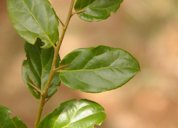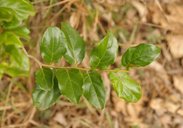| Abyssinian Gooseberry - Dovyalis abyssinica | |||||
|---|---|---|---|---|---|
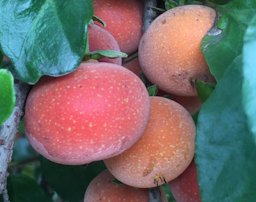 Fig. 1  Dovyalis abyssinica, Quito, Ecuador 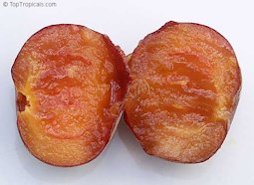 Fig. 2  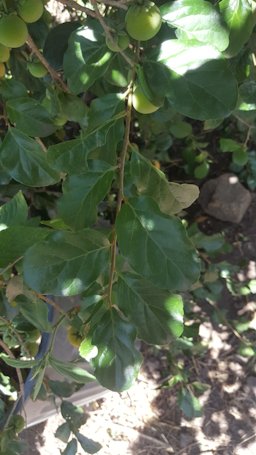 Fig. 3  D. abyssinica, Tumbaco, Ecuador 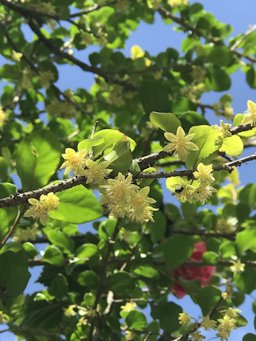 Fig. 6  D. abyssinica, Quito, Pichincha, Ecuador  Fig. 7  D. abyssinica, Quito, Pichincha, Ecuador 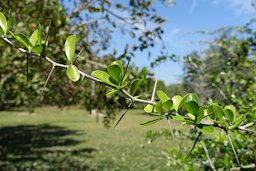 Fig. 8  D. abyssinica, Fruit and Spice Park, Homestead, Florida  Fig. 9  D. abyssinica, La Armenia, Quito, Ecuador  Fig. 10  D. abyssinica, Tumbaco, Ecuador 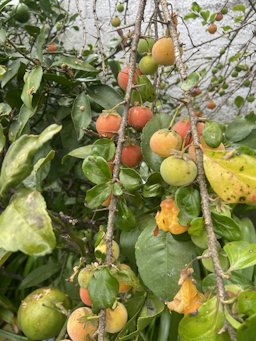 Fig. 11  D. abyssinica, Quito, Pichincha, Ecuador 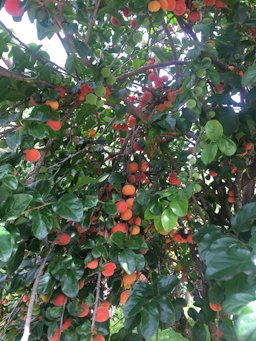 Fig. 12  D. abyssinica, Quito, Pichincha, Ecuador 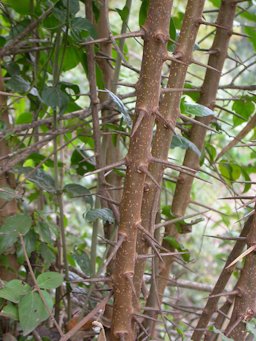 Fig. 13  D. abyssinica, Isogwa (Kimalila) 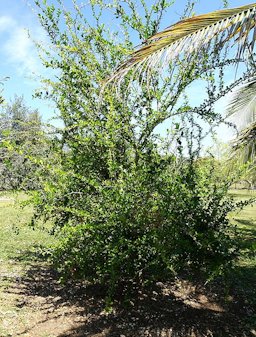 Fig. 14  D. abyssinica, Fruit and Spice Park, Homestead, Florida 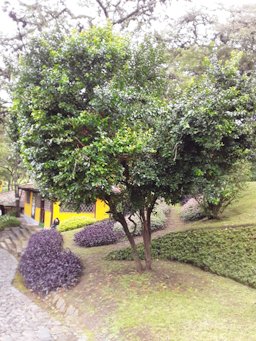 Fig. 15  D. abyssinica, Quito, Pichincha, Ecuador |
Scientific
name Dovyalis abyssinica (A.Rich.) Warb. Common names English: Abyssinian gooseberry, African dove plum, African gooseberry, koshum; German: Kaffernpflaume; Spanish: mukambura 11 Synonyms Hydnocarpus obtusus C.Presl, Aberia abyssinica Clos, Dovyalis engleri Gilg, Flacourtia obtusa Hochst. ex Clos, F. obtusata Hochst. ex A.Rich., Rumea abyssinica A.Rich. 1 Relatives Kei apple (D. caffra ketembilla (D. hebecarpa), tropical apricot (D. abyssinica x hebecarpa), governor's plum (Flacourtia ramontchi), common souberry (D. rhamnoides), Batoko plum (F. inermis), fried egg tree (Oncoba spinosa), kangu (F. sapida), paniala (F. dataphracta), rukam (F. rukam), wild apricot (D. zeyheri) 3 Family Salicaceae (willow family) formerly Flacourtiaceae Origin Eastern Africa: Ethiopia and Somalia, south to Malawi and Mozambique 2 USDA hardiness zones 10-12 2 Uses Food; fence Height Up to 10 ft (3 m) 8 Crown Rounded Plant habit Shrub or tree; much branched 1 Trunk/bark/branches Pale greyish-brownish bark; branchlets sometimes with rather slender axillary spines; conspicuous, raised, brown lenticels 1,8 Leaves Ovate-oblong or elliptic; sparsely pubescent beneath or (in Somalia) pubescent on both sides; pairs of lateral nerves 1 Flowers Female flowers usually solitary; ovary hairy; styles 4–5(–6); male flowers 1–3 together; pubescent; stamens many 1 Fruit Fruit globose; pubescent; yellowish or reddish with minute paler dots (Fig. 1); seeds few, hairy 1 Light requirement Sun, it will not grow in the shade 2 Soil tolerances Grows best in a fertile, humus-rich, well-drained soil 6 pH preference Mildly acid and neutral soils and can grow in very acid soils 2 Plant spacing 26-40 ft (8-12 m) Invasive potential * None reported Pest resistance Nematodes causing root galls Known hazard None known Origin This species is native and common in forests of East Africa (Ethiopia, Kenya, Uganda) at elevations between 6,000 and 8,000 ft (1,800-2,400 m). 7 Four species are grown in Florida with some frequency: the Dovyalis hybrid or tropical apricot, Dovyalis abyssinica x hebecarpa, which bears acidic, velvety orange-brown fruit, the ketembilla or Ceylon gooseberry, Dovyalis hebecarpa, a vigorous shrub native to Sri Lanka that bears a purple fruit of fair quality, and the governor's plum, Flacourtia ramontchi, native to Africa and southern Asia. The governor's plum has been classified as an invasive exotic in Florida. 3 Seeds were obtained by the United States Department of Agriculture from the Atkins Garden in Cuba in 1935 (S.P.I. #112086) and planted at the then Plant Introduction Station in Miami. Three seedlings were supplied to the University of Florida's experiment station in Homestead, two of which died and the survivor was a male. Two plants remaining at the United States Department of Agriculture showed considerable hardiness with only minor injury in cold spells just below freezing. 7 These plants had female flowers but never bore fruit until there occurred accidental pollination by a ketembilla 50 to 60 ft (15-18 m) distant. 7 Habitat The plant occurs naturally in upland rainforest and humid lower highlands (at 1,000-3,000 m in Ethiopia, and between 2,000-2,700 m in Kenya). It is frequently seen along river courses and in dry evergreen forests; sometimes in open wooded grassland. 9 Leaves Alternate leaves, ovate-lanceolate to oblong, 1 to 3 1/2 in (2.5-9 cm) long, 3/4 to 1 1/2 in (2-4 cm) wide; glabrous or slightly hairy, light-green, glossy, wavy, and sometimes finely toothed. 7 Arranged alternately on long, rather slender twigs, either unarmed or nearly so, or armed with straight slender spines at the leaf axils. 8
Fig. 4,5. D. abyssinica, Kenya, Limuru, Brackenhurst Flowers The flowers are small, greenish-white and inconspicuous, borne in the leaf axils, the staminate (male) in clusters, the pistillate (female) solitary. The main flowering season is September to January, but scattered bloom has been observed also from April to June. 8 Pollination Pistillate and staminate flowers are borne on separate plants. For fruit production, it is necessary to have one staminate to several pistillate plants. One male is sufficient for about 30 female plants. 6,8 Fruit The oblate-globose fruits are about one inch (2.5 cm) in diameter and apricot in color, having a thin, tender skin, orange-yellow melting juicy flesh, and few small flattened seeds. The fruit is tart with aroma and flavor suggesting fresh apricot. 8 More desirable for eating out of hand than the Ceylon gooseberry, Dovyalis hebecarpa. 5 Propagation Abyssinian gooseberry can be grown by seed, cuttings. 2 Grafting scions of staminate plants onto pistillate, or vice versa, is feasible. 8 Graft or shield-bud desirable varieties on to seedling rootstocks. Plants begin bearing when about 4-5 years old from seed. 6 Pests Old bearing plants show considerable dying back of small branches. This may be caused by infestations of a scale insect which is quite common on D. abyssinica, or by nematodes. Root galls caused by nematodes have been found on the roots of bushes showing dying back of twigs. 8 Food Uses The fruit has a thin, tender skin and a juicy melting flesh with an aroma and flavour faintly suggestive of apricots. When fully ripe it makes a very agreeable jelly. 5 The fruits are rich in vitamin C. 9 The fruits are collected and eaten raw. In normal times mostly children enjoy the sweet-sour taste with a tingling sensation on the teeth of the fruits. In food shortage periods, everybody is consuming the fruit when available. Fruits are also liked and consumed by baboons and monkeys. It is said that the fruits are excellent for making jam and for souring porridge. 10 Medicinal Properties ** In Keynia, the roots and stems are eaten in a tonic soup. 5 Other Uses The wood is hard and suitable for tool handles, spoons, and bedsteads. It can also be used for fuel. 5 The species is sometimes used for fencing and as fodder for goats and sheep. 10 General In Ethiopia the plant is commonly used as a hedge. The fruits provide a welcome income for young Ethiopian boys who sell bowlfuls to travelers on the main highways. 9 Other Edible Dovyalis species: Ceylon Gooseberry, D. hebecarpa Kei Apple, D. caffra Tropical Apricot, D. hebecarpa x D. abyssinica List of Growers and Vendors |
||||
| Bibliography 1 "Dovyalis abyssinica (A.Rich.) Warb." Flora of Somalia, Flora of Tropical East Africa, Plants of the World Online, Facilitated by the Royal Botanic Gardens, Kew, POWO, (CC BY-NC-SA 3.0), powo.science.kew.org/taxon/urn:lsid:ipni.org:names:111558-1. Accessed 30 Apr. 2022. 2 Fern, Ken. "Dovyalis abyssinica (A.Rich.) Warb." Plants For A Future, (CC BY-NC-SA 4.0), pfaf.org/User/Plant.aspx?LatinName=Dovyalis+abyssinica. Accessed 30 Apr. 2022. 3 Boning, Charles R. Florida's Best Fruiting Plants- Native and Exotic Trees, Shrubs, and Vines. Sarasota, Pineapple Press, 2006. 4 Barwick, Margaret. Tropical & Subtropical Trees. A Worldwide Encyclopaedic Guide. London, 2004. 5 Facciola. S. Cornucopia II A Source Book of Edible Plants. Vista, Kampong Publications, 1998. 6 The New Royal Horticulture Society Dictionary of Gardening. Vol. 2, L to Q, Edited by Anthony Huxley, et al, London, MacMillan Reference, 1999. 7 Fruits of Warm Climates. Julia F. Morton. Miami, 1987. 8 Ruehle, Geo. D. "Two New Fruits for South Florida." Proceedings of the Florida State Horticultural Society, vol. 66, 1953, FHSH, journals.flvc.org/fshs/article/view/101907. Accessed 4 May 2022. 9 "Lost Crops of Africa: Volume III: Fruits." National Research Council, Washington, DC: The National Academies Press., 2008, NAP, doi.org/10.17226/11879. Accessed 4 May 2022. 10 "Dovyalis abyssinica." Ecoport, ecoport.org/ep?Plant=5532&entityType=PL****&entityDisplayCategory=full. Accessed 4 May 2022. 11 "Dovyalis abyssinica (A.Rich.) Warb." Plant Resources of Tropical Africa, PROTA4U, www.prota4u.org/database/protav8.asp?g=psk&p=Dovyalis+abyssinica. Accessed 4 May 2022. Photographs Fig. 1,12 martinsjk97. "Dovyalis abyssinica, Quito, Pichincha, Ecuador." iNaturalist, Research Grade, 17 Feb. 2021, (CC BY-NC 4.0), www.inaturalist.org/observations/69733615. Accessed 2 May 2022. Fig. 2 "Dovyalis abyssinica." Top Tropicals, toptropicals.com/pics/garden/04/5000/4789.jpg. Accessed 4 May 2022. Fig. 3,10 alisson_polette. "Dovyalis abyssinica, Tumbaco, Ecuador." iNaturalist, Research Grade, 3 Aug. 2021, (CC BY-NC 4.0), www.inaturalist.org/observations/89803905. Accessed 2 May 2022. Fig. 4,5 Lemmens, Rudolphe. "Dovyalis abyssinica (A. Rich.) Warb., Kenya, Limuru, Brackenhurst." West African plants - A Photo Guide, Brunken, U., et al, 2008, Forschungsinstitut Senckenberg, Frankfurt/Main, Germany, ID 84363, 15 Mar. 2009, www.westafricanplants.senckenberg.de. Accessed 3 May 2022. Fig. 6,7 Villavicencio Arteaga, Diego. "Dovyalis abyssinica, Quito, Pichincha, Ecuador." iNaturalist, Research Grade, 6 Jan. 2021, (CC BY-NC 4.0), Image cropped, www.inaturalist.org/observations/79578346. Accessed 2 May 2022. Fig. 8 Daderot. "Dovyalis abyssinica, Fruit and Spice Park, Homestead, Florida." Wikimedia Commons, 16 Mar. 2017, (CC0 1.0), commons.wikimedia.org/wiki/File:Dovyalis_abyssinica_-_Fruit_and_Spice_Park_-_Homestead,_Florida_-_DSC09043.jpg. Accessed 2 May 2022. Fig. 9 Torres, David. "Dovyalis abyssinica, La Armenia, Quito, Ecuador." iNaturalist, Research Grade, 25 Feb. 2020, (CC BY-NC 4.0), Image cropped, www.inaturalist.org/observations/39197250. Accessed 2 May 2022. Fig. 11 adrianavz00. "Dovyalis abyssinica, Quito, Pichincha, Ecuador." iNaturalist, Research Grade, 19 Feb. 2022, (CC BY-NC 4.0), www.inaturalist.org/observations/107043837. Accessed 2 May 2022. Fig. 13 Scamperdale. "Dovyalis abyssinica (A.Rich.) Warb., Isogwa (Kimalila), Flickr, 25 Oct 2006, (CC BY-NC 2.0), www.flickr.com/photos/36517976@N06/3385848410/. Accessed 2 May 2022. Fig. 14 Daderot. "Dovyalis abyssinica, Fruit and Spice Park, Homestead, Florida." Wikimedia Commons, 16 Mar. 2017, (CC0 1.0), commons.wikimedia.org/wiki/File:Dovyalis_abyssinica_-_Fruit_and_Spice_Park_-_Homestead,_Florida_-_DSC09041.jpg. Accessed 2 May 2022. Fig. 15 Angela V. "Dovyalis abyssinica, Quito, Pichincha, Ecuador." iNaturalist, Research Grade, 5 Mar. 2022, (CC BY-NC 4.0), www.inaturalist.org/observations/107944233. Accessed 2 May 2022. * UF/IFAS Assessment of Non-native Plants in Florida's Natural Areas ** Information provided is not intended to be used as a guide for treatment of medical conditions. Published 4 May 2022 LR |
|||||
